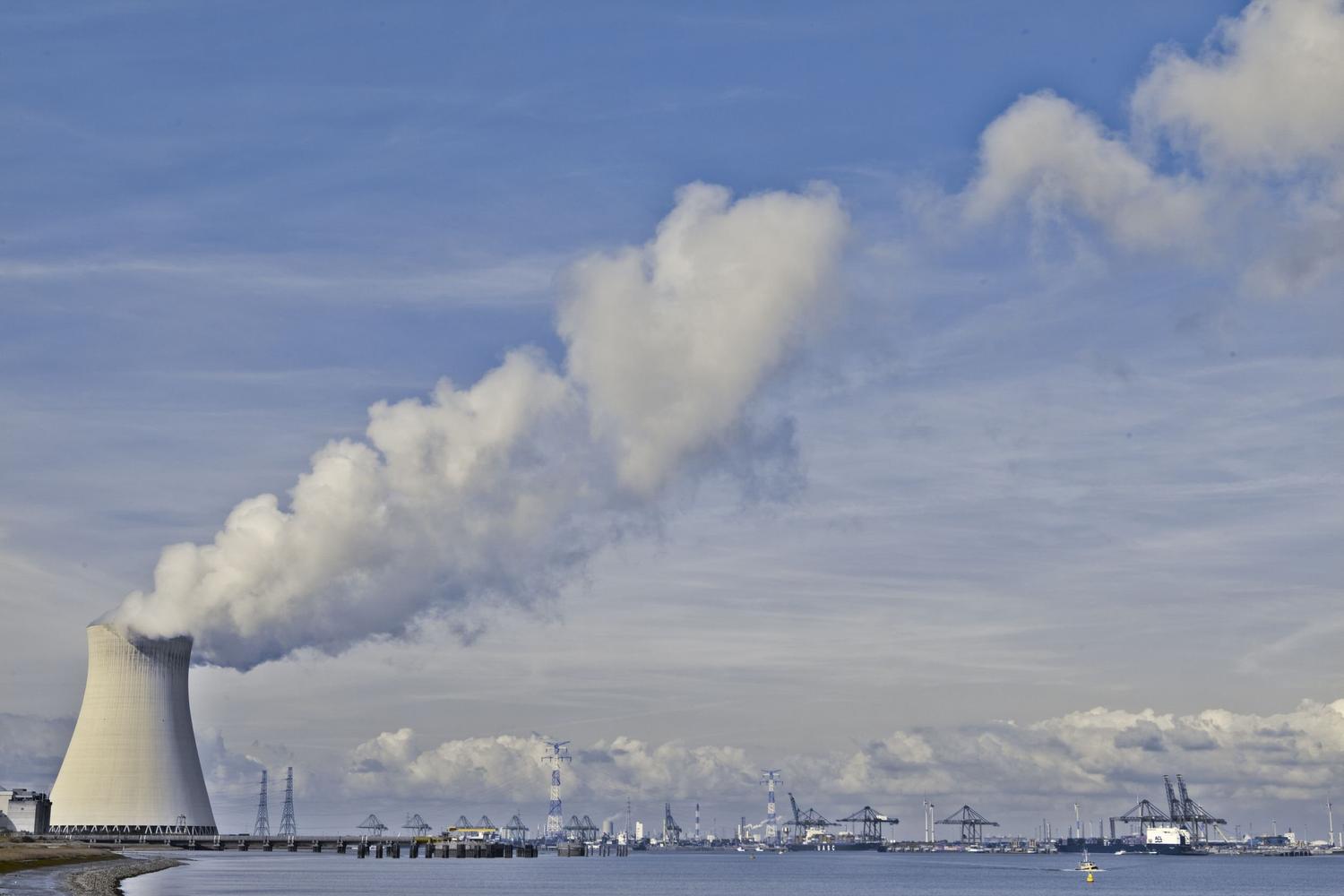The UNFCCC program objectives center on stabilizing and ultimately reducing global annual CO2 emissions. The Kyoto Accords and the Paris Accords place great emphasis on developed country reductions in annual emissions. However, over the life of the UNFCCC, annual CO2 emissions continue to grow at a rate of approximately 1.5% per year. Virtually all of the increase in annual emissions is emissions from developing countries. China’s emissions are growing most rapidly and are expected to equal 50% of global annual emissions by 2030, the year China has suggested it would reach peak annual CO2 emissions. Emissions from India and other Asian nations are also growing rapidly.
The UN Secretariat, the UNFCCC, numerous NGOs and others have proclaimed a climate emergency and are demanding heroic emissions reduction actions from the developed nations, but appear to be totally ignoring that the primary driver of increased annual CO2 emissions is from the developing countries. The media have accepted and then trumpeted the “emergency” message, although also ignoring the role of the developing countries.
Many elements in the US and the EU are pushing the “emergency” meme, asserting that we must drastically reduce CO2 emissions within 10 years or risk exceeding a “tipping point”, though they must realize that the US and the EU alone could not offset the growth in CO2 emissions from the developing countries.
China has aggressively proclaimed its efforts to install wind and solar generation and to promote electric vehicles and high speed rail systems. However, it has been less candid about its efforts to add new coal generation facilities, though there are reportedly approximately 100 generation plants currently under construction and or in the planning process.
The UN rails against CO2 emissions, yet chooses to ignore or even oppose construction of new nuclear generation plants capable of providing reliable baseload power with zero CO2 emissions. Meanwhile, most NGOs actively oppose new nuclear generation and the continued operation of existing nuclear generators. However, there is growing recognition among climate scientists and some NGOs that nuclear generation is absolutely essential if net zero global annual CO2 emissions are to be achieved without destroying the global economy and producing untold misery.
There exists broad understanding that there is no alternative to fossil fuel consumption for the production of iron and steel and the calcining of cement. However, proliferation of wind generation would require massive increases in the production of iron, steel and cement for use in the construction and installation of wind farms. There is currently no “off-planet” facility available to support that increased production and avoid the resulting emissions to earth’s atmosphere.
The UN complicates and confuses the focus of its efforts by including unrelated or tangentially related issues, such as environmental equity and justice, economic inequality, gender inequality, women’s reproductive rights, etc. to the climate change discussion. These are all issues justifying some attention. However, they are hardly on a par with the purported climate “emergency”.
Finally, the UN and the developing nations claim to be very concerned about funding for mitigation, adaptation and loss and damage remediation. However, there are currently no clear definitions of what constitutes climate “loss and damage”, what constitutes a situation which must be mitigated, and what defines a situation demanding adaptation. The levels of funding “demanded” for these efforts are such that a “loosey goosey” approach is totally inadequate and unacceptable, especially to those from whom the funding is being demanded.
